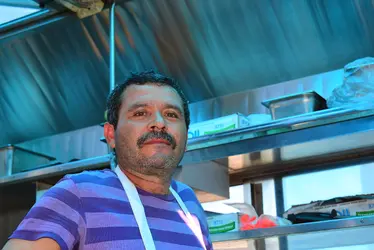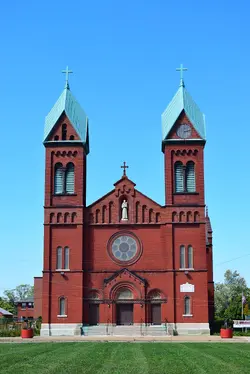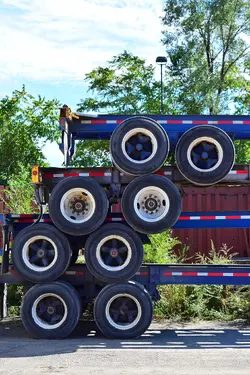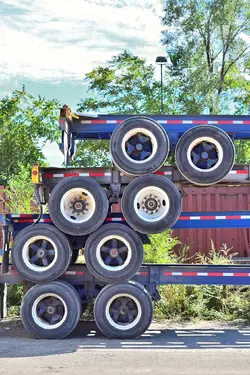jcdeboever
Been spending a lot of time on here!
- Joined
- Sep 5, 2015
- Messages
- 19,868
- Reaction score
- 16,084
- Location
- Michigan
- Can others edit my Photos
- Photos OK to edit
Thanks in advance. I have uploaded 4 pictures using my Nikon D3300 with a 18-55mm Kit lens. Photo's produced in Detroit today. I decided to play around with program mode which narrows my adjustment to shutter speed while the camera decides on ISO and aperture. I am not sure if I like this, I think I prefer manual but using this as a slower learning tool for my camera. If I had to change anything, it would have been backing off on the vivid setting (+3) as I forgot to set it back when I took a picture of the taco man (good learning experience). Additionally, I think I should keep VR off or what is a good rule of thumb? I think photo's are sharper and cleaner with it off but not certain. I did very little post operations, just a little straightening on #3 and a minor crop on #2.
#1 - 46mm, ISO 125, 1/80s, f/5 built in flash

#2 - 45mm, ISO 150, 1/250s, f/8

#3 - 38mm, ISO100, 1/200s, f/7.1

#4 - 34mm, ISO100, 1/200s, f/6.3

#1 - 46mm, ISO 125, 1/80s, f/5 built in flash

#2 - 45mm, ISO 150, 1/250s, f/8

#3 - 38mm, ISO100, 1/200s, f/7.1

#4 - 34mm, ISO100, 1/200s, f/6.3

Last edited:










![[No title]](/data/xfmg/thumbnail/36/36099-feb952513e45dbf9f061ab28c1dc1121.jpg?1734168043)

